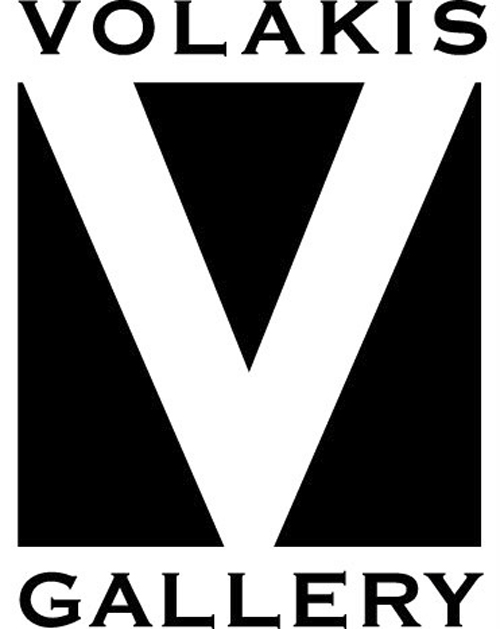The Volakis Gallery represents emerging and established artists in the fields of photography, painting and sculpture. The primary focus of the gallery is to exhibit work that explores the following topics: the ephemeral nature of existence, metaphysics, ontological mysticism, Jungian archetypal imagery, existential humanism, wabi sabi and other esoteric themes. We gravitate to artists that eschew modern technological production methods, preferring to exhibit works that exude a high degree of physical craftsmanship and novelty. In addition to exhibiting works by contemporary artists, we are committed to displaying works by acknowledged masters who we believe have explored the aforementioned themes and concepts and to further correlate their continuing influence on contemporary art.

